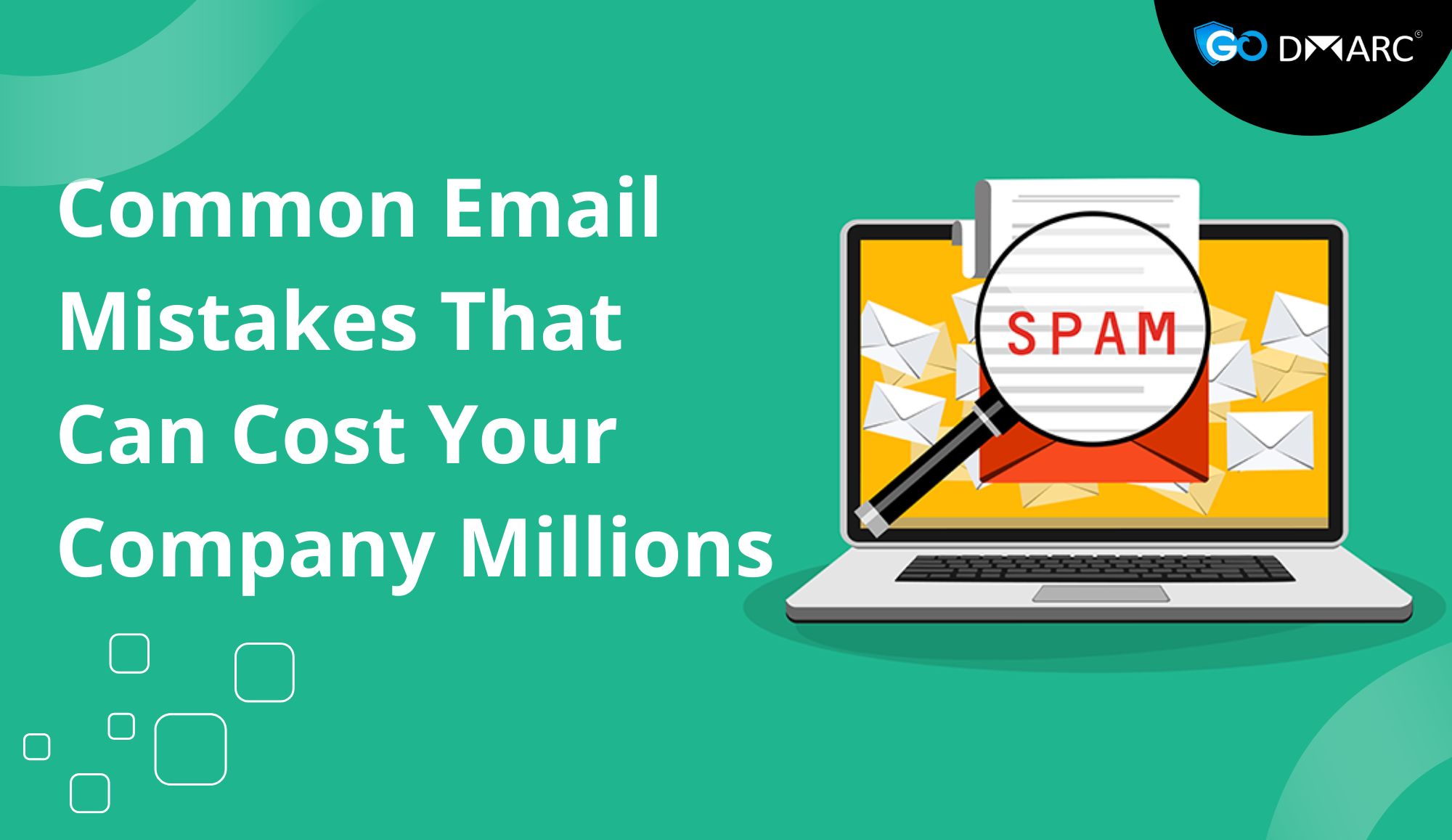Introduction
Sender Policy Framework (SPF) is a critical email authentication protocol that helps prevent email spoofing and phishing attacks. It allows domain owners to specify which mail servers are authorized to send emails on their behalf. However, one common question that arises is whether a domain can have multiple SPF records.
In this blog, we will explore the details of SPF records, discuss the consequences of having multiple records, and provide best practices for managing SPF effectively. We will also guide you on how to use a Free SPF Generator to configure your SPF record correctly.
Understanding SPF Records
SPF records are TXT records added to the DNS (Domain Name System) of a domain. These records list the authorized mail servers permitted to send emails using that domain. When an email is received, the recipient’s mail server checks the SPF record to verify whether the sending server is authorized.
Basic Structure of an SPF Record
An SPF record follows a specific syntax. Here is an example of a simple SPF record:
iniCopyEditv=spf1 include:_spf.google.com ~all
Breakdown of the SPF Record
v=spf1→ Indicates the version of SPF being used.include:_spf.google.com→ Specifies that Google’s mail servers are authorized to send emails on behalf of this domain.~all→ A “SoftFail” mechanism, meaning emails from unauthorized servers will be accepted but marked as suspicious.
Importance of SPF Records
SPF records play a crucial role in email security by:
- Preventing email spoofing and phishing attacks.
- Reducing the chances of emails being marked as spam.
- Enhancing domain reputation and email deliverability.
Now that we understand the basics of SPF, let’s address the main question: Can you have multiple SPF records on your domain?
Can a Domain Have Multiple SPF Records?
The short answer is No. A domain should have only one SPF record. Having multiple SPF records can lead to email authentication failures.
What Happens if You Have Multiple SPF Records?
If a domain has multiple SPF records, it violates SPF rules, causing DNS lookup issues. This can lead to the failure of SPF authentication, resulting in:
- Email Deliverability Issues → Emails may be rejected or sent to the spam folder.
- SPF Authentication Failures → The receiving mail server may not be able to validate the sender.
- Domain Reputation Damage → Repeated SPF failures can negatively impact your domain’s reputation.
Example of Incorrect SPF Records
iniCopyEditv=spf1 include:_spf.google.com ~all
v=spf1 include:_spf.sendgrid.net -all
The above example contains two separate SPF records, which is incorrect. Instead, they should be merged into a single SPF record.
Correct SPF Record Format
makefileCopyEditv=spf1 include:_spf.google.com include:_spf.sendgrid.net ~all
This single record correctly authorizes both Google and SendGrid mail servers.
How to Check Your SPF Record
To check if your domain has multiple SPF records, you can use online tools such as:
- MXToolbox
- DMARC Analyzer
- SPF Record Checkers
Alternatively, you can use a Free SPF Generator to create a valid SPF record.
Steps to Check Your SPF Record Manually
- Open a terminal or command prompt.
- Run the following command:
bashCopyEditnslookup -type=TXT yourdomain.com
- Look for multiple
v=spf1entries. If you see more than one, you need to merge them into a single SPF record.
How to Merge Multiple SPF Records
If your domain already has multiple SPF records, follow these steps to merge them correctly:
- Identify all the authorized mail servers in existing SPF records.
- Combine all
includemechanisms into one record. - Ensure that the final record does not exceed the 255-character limit.
- Use a Free SPF Generator to validate and format the record correctly.
Example of Merging SPF Records
Incorrect SPF Records
iniCopyEditv=spf1 include:_spf.google.com ~all
v=spf1 include:_spf.mailgun.org -all
Merged SPF Record
makefileCopyEditv=spf1 include:_spf.google.com include:_spf.mailgun.org ~all
This ensures that both Google and Mailgun servers are authorized without causing SPF authentication failures.
Best Practices for Managing SPF Records
To avoid issues with SPF authentication, follow these best practices:
1. Use Only One SPF Record Per Domain
Having multiple SPF records leads to validation failures. Always merge them into a single record.
2. Keep the SPF Record Within DNS Limits
DNS lookup limits can affect SPF validation. Avoid exceeding 10 DNS lookups, as it may cause SPF failures.
3. Use include Mechanism Wisely
Instead of adding multiple records, use the include mechanism to authorize different email providers.
4. Use a Free SPF Generator
To simplify SPF record creation, use a Free SPF Generator that automatically formats and validates your SPF record.
5. Regularly Monitor SPF Performance
Use tools like DMARC reports and SPF validation checkers to ensure your SPF record is functioning correctly.
Common SPF Errors and How to Fix Them
1. Multiple SPF Records
Error:
iniCopyEditv=spf1 include:_spf.example.com ~all
v=spf1 include:_spf.anotherexample.com -all
Fix:
makefileCopyEditv=spf1 include:_spf.example.com include:_spf.anotherexample.com ~all
2. Exceeding DNS Lookup Limits
Error:
makefileCopyEditv=spf1 include:_spf.google.com include:_spf.sendgrid.net include:_spf.mailgun.org include:_spf.amazon.com include:_spf.zoho.com -all
Fix:
Use SPF flattening or remove unnecessary includes.
3. Missing SPF Record
Error: Domain does not have an SPF record.
Fix: Create an SPF record using a Free SPF Generator and add it to your DNS settings.
Conclusion
In summary, a domain should never have multiple SPF records. Instead, all authorized mail servers should be included in a single SPF record. Multiple SPF records can break email authentication, leading to spam filtering and delivery failures.
To ensure your SPF record is configured correctly, always:
- Use a single SPF record.
- Merge multiple SPF records properly.
- Check SPF record limits.
- Validate SPF records using a Free SPF Generator.
By following these best practices, you can improve email deliverability and protect your domain from spoofing attacks. If you’re unsure about your SPF configuration, use a Free SPF Generator to simplify the process.
Would you like help in checking or setting up your SPF record? Let me know in the comments! 🚀




